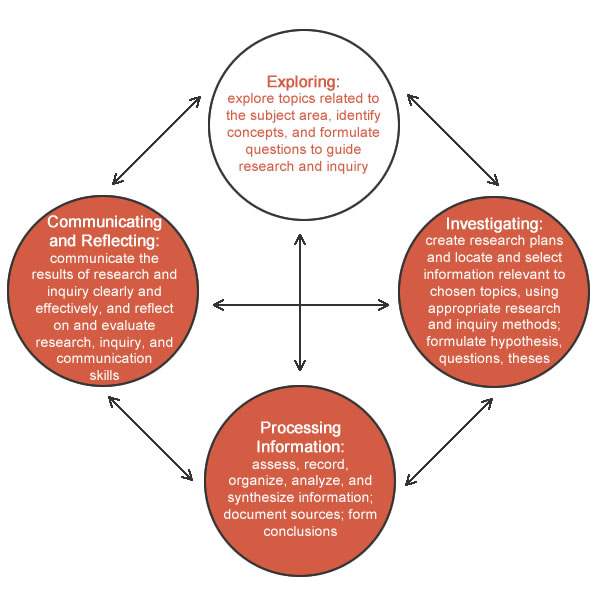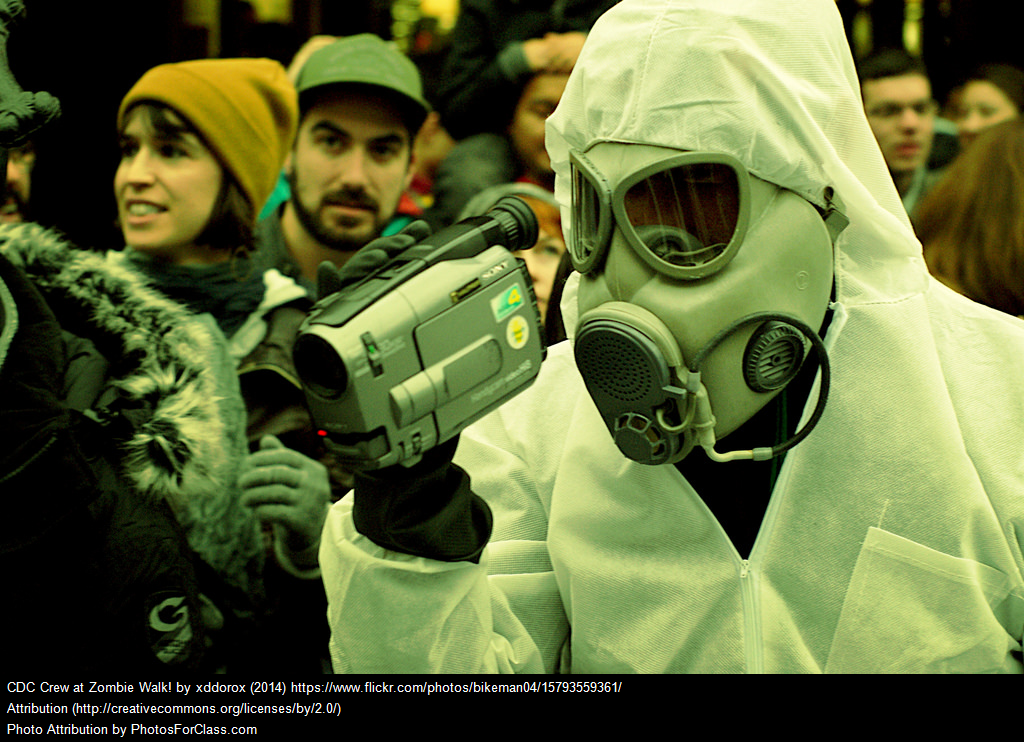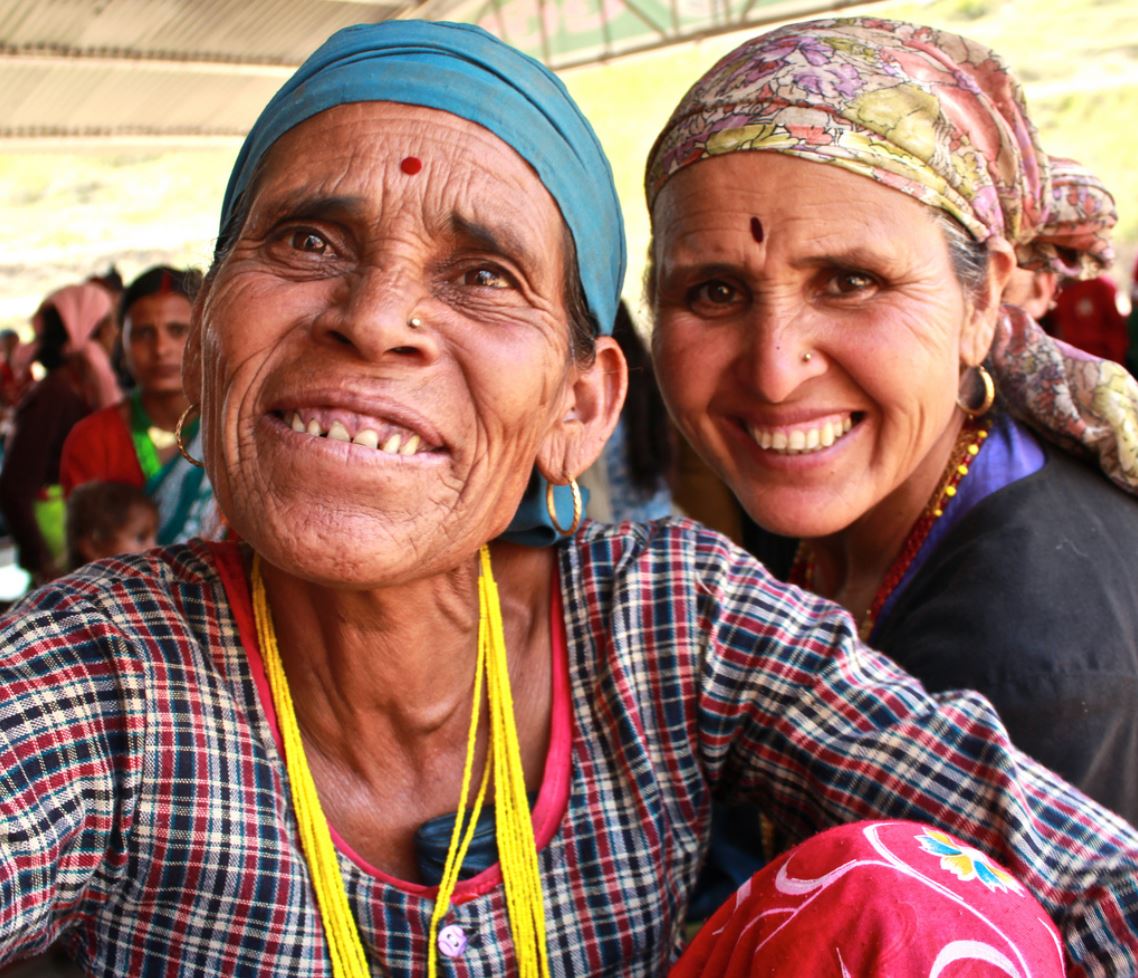Thinking Like a Social Scientist
Thinking Like a Social Scientist
MINDS ON
Why do people act the way they do? How have they been shaped by their past and present cultural and physical contexts? What motivates their behaviour and ways of thinking? How do their interactions influence their own identities and the societies in which they live?
These are just some of the multitude of questions social scientists ask as they try to determine what shapes human behaviour. Approaching their investigations from the different viewpoints of anthropology, psychology, and sociology allows social scientists to gain deeper insights into human nature.
ACTION
Inquiry Process in the Social Sciences: Exploring
When social scientists study issues, they follow a specific inquiry process for their investigations. In this activity, we will be focusing on the Exploring part of the inquiry process.

Investigating anything starts with curiosity and asking lots of great questions, from multiple points of view. The issue of homelessness, for example, is one that can be studied from many different viewpoints.

by Metro
 Try it out...
Try it out...
Take another look at the photo above. Create a list of questions you might use to start an investigation about homelessness.
Once you have your list, compare them to the Questioning Grid below to see where your questions might land.
QuestioningGrid
How do the different types of questions generate different kinds of responses as you move into different quadrants on the Questioning Grid? Which kinds of questions might guide the social scientist best in his or her research and inquiry? Why?
Consult the list of questions you created about homelessness. Where do some of your questions land on the Questioning Grid? Of the questions you created, which one do you think could work best to guide an inquiry into the topic of homelessness? Why? Which one might limit you the most? Why?
How might a tool like the Questioning Grid help beginning social scientists explore their topics in their investigations? What do you think makes a really effective question for a social scientist to guide his or her inquiry? We will return to some of these questions.
The Three Social Sciences
When we study an issue like homelessness from the different viewpoints of anthropology, psychology, and sociology, we can come up with different types of information that might help us understand the issue.
AnthroSocPsych
Inquiry Questions
A really good inquiry question for social scientists acts as a guide for research. It keeps the researcher focused on what kinds of sources to use and helps shape the results of an inquiry. It often inspires new questions that allows one to probe even more deeply into a topic, once the inquiry has begun. As such, it should be neither too narrow nor too broad, and provide the space necessary to go deeply into the topic.
As you begin to develop your own inquiry questions, ask yourself the following questions:
| Yes | Questions |
|---|---|
| Is it an invitation to think beyond a simple answer? | |
| Does it require me to go more deeply than a simple internet search? | |
| Does it require support and justification, not just an answer? | |
| Is it open-ended enough but not too big to tackle? | |
| Does it come out of my real curiosity or confusion about the topic? | |
| Does it make me think about the topic in a way I’ve never considered before? | |
| Does it invite me to think and feel deeply about the topic? | |
| Does it challenge my thinking about what is ethical (right or wrong) about the topic? | |
| Could it lead me to ask more questions as I work with it? | |
| (adapted from Watt & Colyer, 2014, IQ: A Practical Guide to Inquiry-based Learning, p.140) | |
You can use this checklist for future inquiry questions you are developing to help make sure they will be effective guides for you for your investigations.
Macro or Micro? Big picture or Small?
Social scientists can look at issues from a macro perspective and a micro perspective. When we ask about how people in general respond to the issue of homelessness in our society, we are looking at the issue from a macro, or broader, perspective. When we study an issue from a micro perspective, we focus instead on one individual or small group.
As we examine the story of Leah Denbok, a teenager who photographed homeless people on the streets of Toronto, we are conducting a micro study. Read the following article then watch the video to learn more about her work.
If you want to view any links in this pdf, right click and select "Open Link in New Tab" to avoid leaving this page. (View the original article.)
CONSOLIDATION
 Leah Denbok
Leah Denbok
Which questions would a social scientist ask when studying Leah’s responses to homelessness? You can use this template to help organize your work.
- Write at least two questions from the perspective of each of the three social sciences, guided by the way in which Leah has responded to the issue of homelessness.
- Make sure your questions use key words or concepts that would make it clear you understand the difference between the kinds of questions social scientists might use to guide their inquiries in anthropology, psychology, and sociology.
- For each social science grouping, explain clearly in a sentence why you grouped these ideas as belonging to that particular social science.



